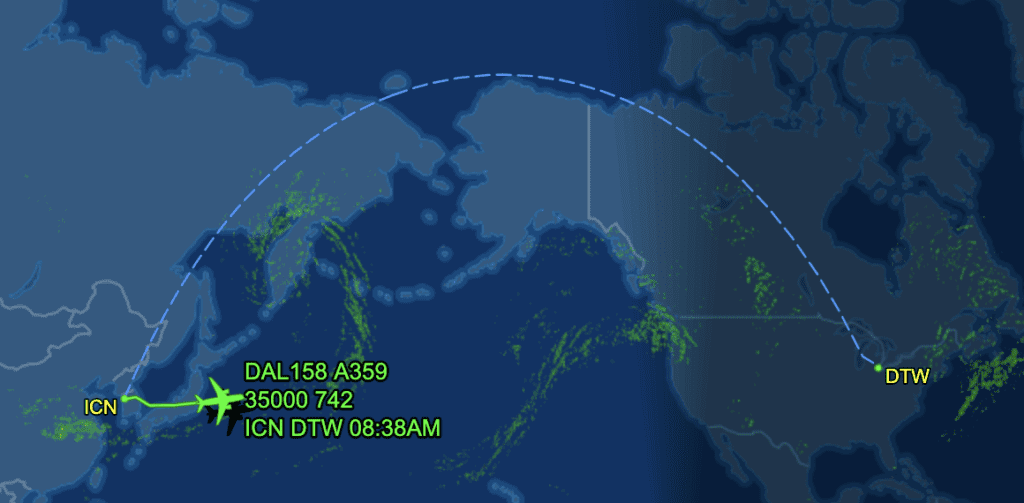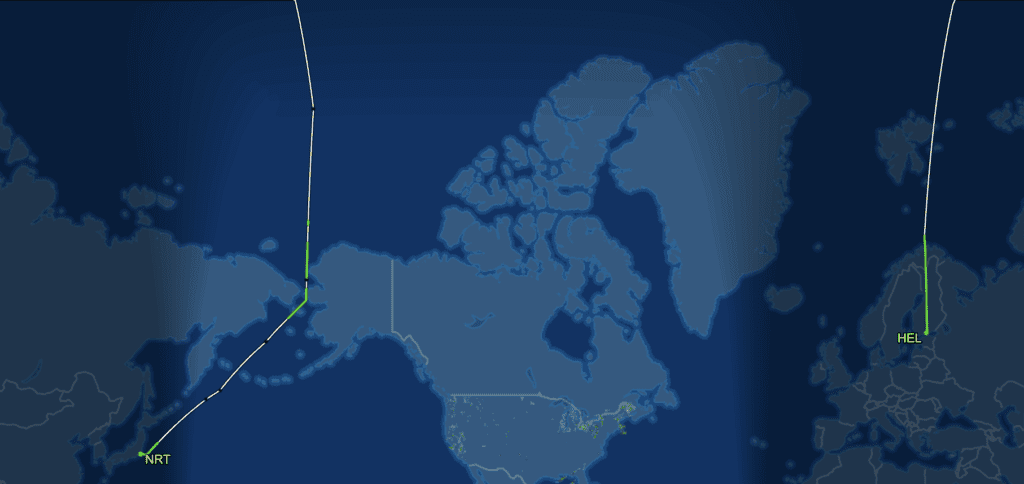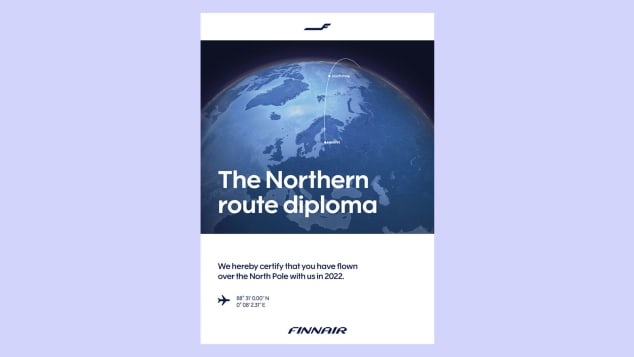Aviation is a global industry. Planes fly around the world crossing above nations where they will never land. Pilots depend on the air traffic controllers in those countries to keep them safe and away from other aircraft. In exchange, the airlines pay those countries for the service they provide.
It wasn’t until 1999 that airlines could use Russian airspace for flights between Asia and Europe or America. This new route shaved hours off of the previous flights across the Pacific Ocean or over the North Pole.
Unfortunately, the current geopolitical situation has resulted in the EU, Canada and the United States closing airspace to Russian carriers and Russia closing its airspace to carriers of those countries as retaliation.
Many airlines depend on Russian airspace for flights and have left carriers to find alternate routes if they want to continue service around the globe.
For example, my father booked an award trip on flights to Southeast Asia on Delta, including flights from Detroit to Seoul. That flight is still operating but instead of the planned flight path (the dotted blue line), the new route is a direct path over the Pacific Ocean. Who was it that said airplanes don’t fly across the Pacific? Not anymore!

While some airlines have needed to fly a straight line across the globe, other airlines have needed to look up to get to their destination.
I didn’t know this until recently, but the shortest trip from Europe to Tokyo was Finnair’s HEL-NRT flight. Leaving from the far north, the flight quickly turned over Russia for the trip to Tokyo. Finnair had to find an alternate routing for one of its most profitable flights with that route now closed.
When Finnair launched flights to Tokyo, it flew a route over the North Pole since Soviet airspace was closed to foreign aircraft. Seeing the likelihood of a war in Ukraine, they started to make plans if the Russian airspace was blocked and the northern route was the most obvious one to resume. The flight plan goes directly north, skirting Russian airspace (and apparently the USA as well) on the way to Tokyo.

Rules for aircraft have changed in the last several decades and Finnair’s planes were operating with an ETOPS 180 rating. In order to operate the polar route with A350-900s, they had to apply for an extension to 300 minutes. This means flights to Japan can be up to five hours away from the nearest airport, while still meeting all international regulations and safety protocols.
In order to prioritize cargo and the added fuel for these flights, Finnair is capping flights to 50 passengers. If you’re able to get a space on these flights, in addition to having plenty of space on board, the airline is providing special swag for people flying over the North Pole.

That’s one big accomplishment for the airline geek to check off the bucket list.
Both Finnair and Japan Air Lines fly the northern route for most trips. However, they do have the option to fly the southern route if the prevailing winds make it a more cost-effective route.
While the airlines have to pay additional payroll expenses since these flights require an additional pilot and crew and added fuel expenses, the flights aren’t costing airlines that much more because they do not have to pay Russia the fees for using its airspace.
Want to comment on this post? Great! Read this first to help ensure it gets approved.
Want to sponsor a post, write something for Your Mileage May Vary or put ads on our site? Click here for more info.
Like this post? Please share it! We have plenty more just like it and would love it if you decided to hang around and sign up to get emailed notifications of when we post.
Whether you’ve read our articles before or this is the first time you’re stopping by, we’re really glad you’re here and hope you come back to visit again!
This post first appeared on Your Mileage May Vary
